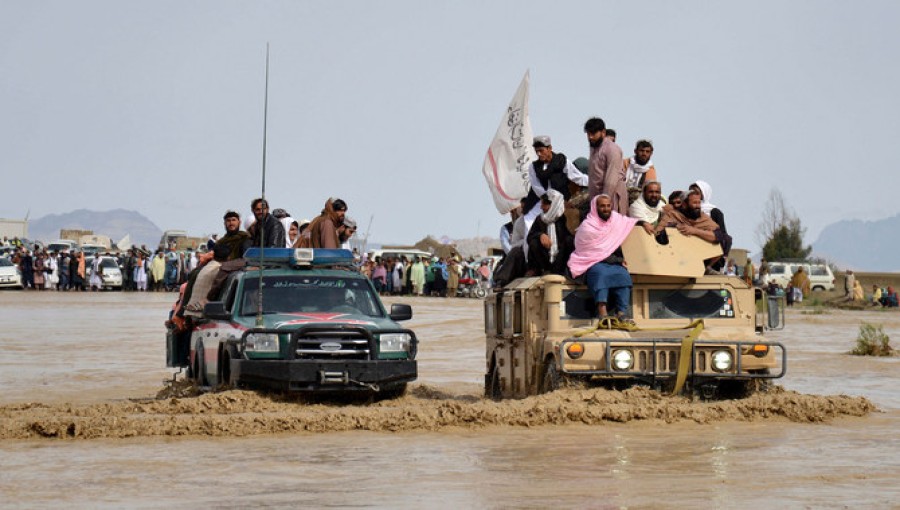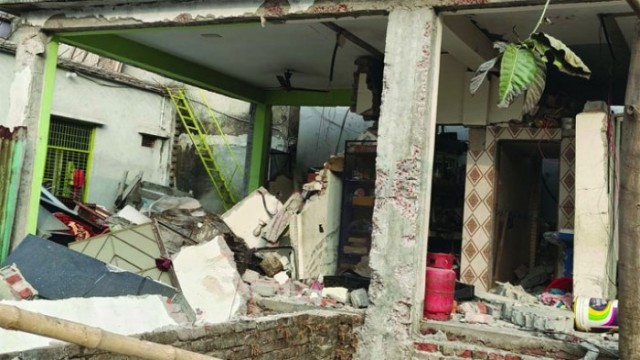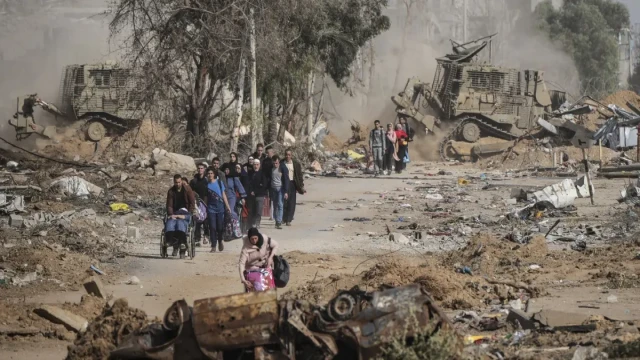Afghanistan has been ravaged by devastating flash floods, claiming the lives of at least 33 individuals and leaving dozens injured, as confirmed by the Afghan government's disaster management office.
According to Janan Sayek, a spokesperson for the Disaster Management Department, heavy rains since Friday triggered flash floods, resulting in widespread destruction. The majority of casualties occurred due to the collapse of buildings' roofs.
Preliminary data indicates that around 600 houses have been damaged or destroyed, while approximately 2,000 acres of farmland have been flooded. Moreover, the floods have washed away nearly 600 kilometers (370 miles) of roads, exacerbating the impact on affected communities.
The torrential rains have affected around 20 of Afghanistan's 34 provinces, leading to flash flood conditions and causing extensive damage across the country.
This calamity follows previous natural disasters, including a landslide in eastern Afghanistan last February, which claimed the lives of at least 25 people following heavy snowfall. Similarly, in March of the same year, approximately 60 individuals lost their lives due to prolonged rains lasting three weeks.
The United Nations had previously warned about the vulnerability of Afghanistan to extreme weather events, attributing these incidents to climate change. Scientists have underscored the shifting weather patterns resulting from climate change, exacerbating the frequency and intensity of natural disasters.
Afghanistan, grappling with four decades of conflict, remains ill-prepared to confront the adverse effects of climate change. The recent floods highlight the urgent need for improved disaster preparedness and mitigation measures in the country.































Comment: